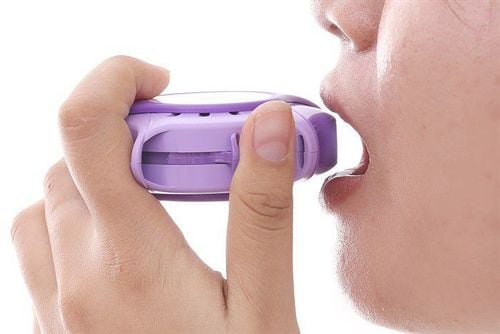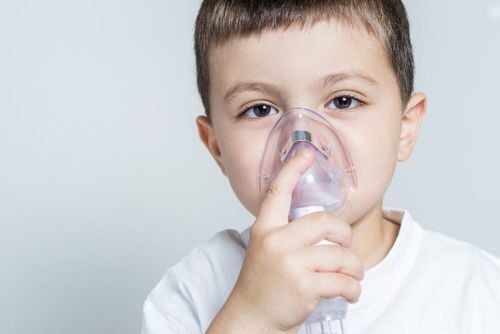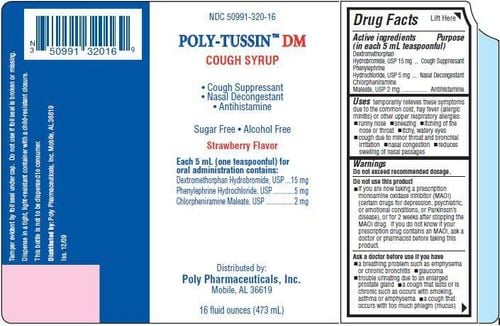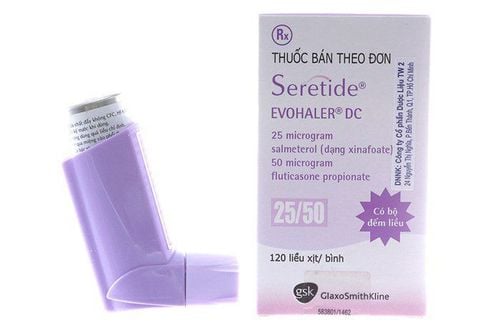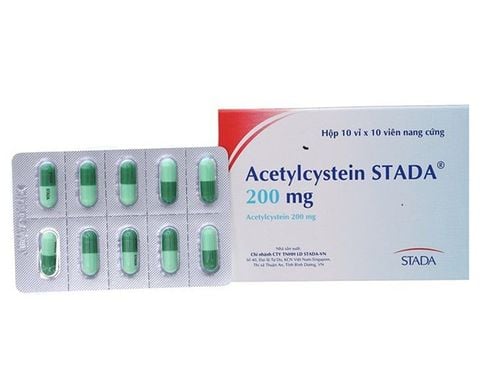This is an automatically translated article.
The article is professionally consulted by Master, Doctor Nguyen Huy Nhat - Department of Medical Examination & Internal Medicine - Vinmec Da Nang International General Hospital.
Pulmonary function measurement, also known as ventilation function measurement, is a test used to screen, diagnose and monitor respiratory diseases such as asthma, chronic obstructive pulmonary disease, restrictive lung disease.
1. What is respiratory function measurement?
Pulmonary function measurement is a method of using a machine to measure the air flows when inhaling and exhaling, thereby calculating many important lung function indexes. Moreover, this is also a commonly used technique in the diagnosis and monitoring of the severity of respiratory diseases. The technique helps to record respiratory parameters related to lung function, thereby helping to evaluate two syndromes of ventilation disorders: obstructive and restrictive.The significance of the ventilation function indices gives accurate information about the air flow in the bronchi and lungs, and allows the assessment of the degree of bronchial obstruction and the severity of the dilation alveoli.
Respiratory function measurement results are expressed in specific numbers and as a percentage of the value of a normal person. The measured values of respiratory function are then plotted as a curve, where one axis represents tidal flow measurements, the other axis represents measurements of air volumes. present in the lungs, this curve is also known as the volume flow curve.
Measurement of ventilation function is a fairly simple and painless test for the patient, with almost no discomfort or complications.
2. When to measure respiratory function?
2.1. Diagnose
Diagnosing respiratory diseases, when there are clinical symptoms and other abnormal test results such as: shortness of breath, wheezing, sitting breathing, difficulty exhaling, prolonged sputum cough, persistent dry cough, thoracic shape; Assess for signs, symptoms, or abnormalities suspected of respiratory illness; Assess the impact of the disease on lung function; Screening cases with risk factors for lung disease; Assess prognosis before surgery; Assess health status prior to stress testing.2.2. Monitor and evaluate treatment response and disease progression
Evaluation of therapeutic interventions; Monitor the effects of the disease on lung function; Monitor the impact of risk factor exposure on lung function; Monitor drug side effects; Assess the extent of the disease; Assess patients when participating in rehabilitation programs; Assessment of disability: in medicine, industry, health insurance.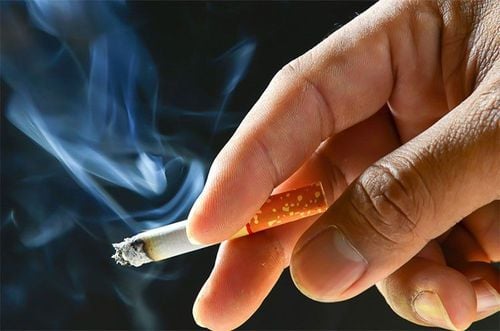
Người hút thuốc lá nên thực hiện đo chức năng hô hấp để tầm soát bệnh
2.3. Disease screening in high-risk subjects
Smoker; People who work where there is smoke and toxic chemicals.2.4. Public Health
Epidemiological survey of the disease.
3. When is the respiratory function contraindicated?
Patients with the following characteristics are not indicated to measure respiratory function:Acute respiratory tract infection; Coughing up blood of unknown cause; Aneurysms of the thoracic aorta, abdominal aorta; Recent exacerbation of chronic obstructive pulmonary disease (COPD), asthma less than 6 weeks; Cardiovascular instability, myocardial infarction; eye surgery, abdomen, chest under 3-6 months; Undiagnosed chest pain; Unstable angina in 24 hours; Progressive pulmonary tuberculosis; There are symptoms of acute illness: vomiting, diarrhea. People with neuropsychiatric disorders, uncooperative patients.
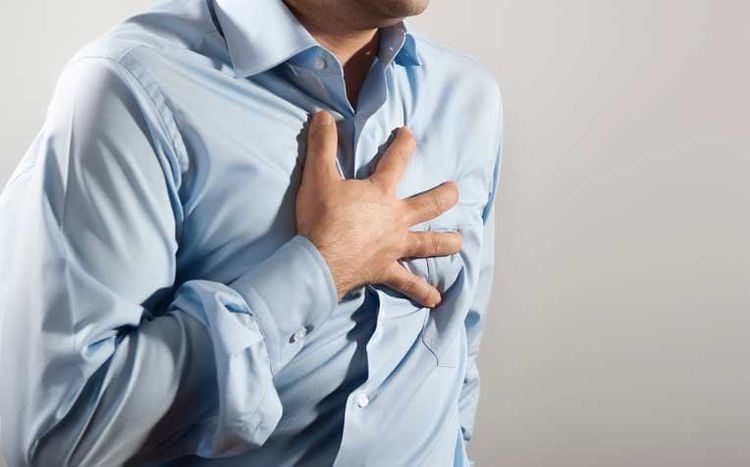
Chống chỉ định đo chức năng hô hấp cho bênh nhân đau thắt ngực không ổn định trong 24 giờ
4. Note when measuring respiratory function
Do not use bronchodilators, beta adrenergic blockers within 6 hours before measuring ventilation function; Eaten after eating 2 hours. Using alcoholic beverages, the respiratory function will be measured after 4 hours; Just smoked, will measure after 1 hour. It is best not to smoke for 24 hours before measuring respiratory function.5. Steps to measure respiratory function
The patient measures the ventilation function according to 2 main movements:The first move: Inhale and exhale normally, then asked to inhale deeply deeply, then exhale as hard as possible; Second move: Breathe in and out normally, and then asked to inhale as hard as you can and blow out as quickly, as hard, as you can, and continue to exhale for at least 6 seconds. Doctors will use parameters (FEV1 and FVC) to diagnose and measure lung ventilation function. These parameters help determine how well your lungs are working.
Measurement of respiratory function was performed by Master, Doctor Nguyen Huy Nhat with many years of experience in the field of respiratory disease treatment at Hue Central Hospital, Hoan My General Hospital,..before. is a Doctor of General Internal Medicine at Vinmec Danang International General Hospital.
You can go directly to Vinmec International General Hospital system or register online HERE.





